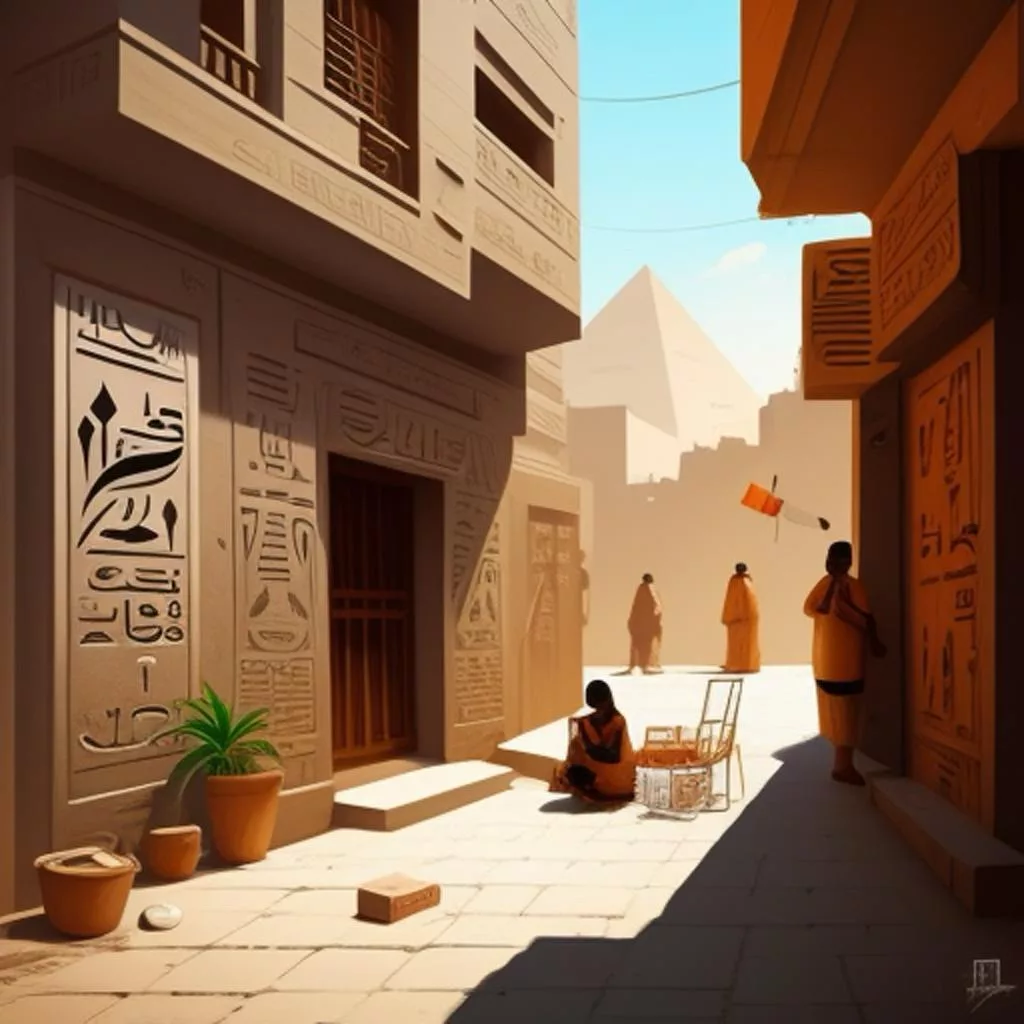
Table of Contents
Why did the egyptians decorate their walls…
The decoration of walls in ancient Egypt held profound cultural, religious, and symbolic significance. While it might seem unusual to us today, understanding the reasons behind this practice sheds light on the intricate tapestry of Egyptian society and their worldview.
- Religious Beliefs: Egyptians believed in an afterlife, and they decorated walls to create a divine and protective environment for the deceased in the afterlife. Tomb and temple walls were adorned with scenes of religious rituals, offerings to gods, and depictions of the journey to the afterlife. These scenes were thought to provide guidance and support to the deceased as they navigated the realm of the dead.
- Communication with the Divine: Wall decorations served as a means of communication with gods and spirits. The depictions of gods, rituals, and religious ceremonies on temple walls were believed to bring the divine presence closer to the people. Temples were seen as the dwelling places of deities, and elaborate decorations were a way to honor and communicate with them.
- Historical Records: Many wall decorations also acted as historical records. Scenes of battles, conquests, and daily life in tombs and temples provided a visual narrative of the achievements and events of the time. These decorations offered a glimpse into the past for future generations, preserving the memory of significant events.
- Cultural Identity: Egyptian society was deeply rooted in tradition, and wall decorations were a way to express and reinforce their cultural identity. Symbols, hieroglyphs, and imagery were used to convey social values, hierarchies, and the interconnectedness of different aspects of life.
- Education and Instruction: In temples and tombs, wall decorations served as a means of educating people about religious rituals, myths, and moral teachings. The images and inscriptions were tools for passing down knowledge and wisdom to future generations.
- Elevating Architecture: Wall decorations enhanced the architectural aesthetics of temples and tombs. They transformed plain structures into vibrant and captivating spaces, creating a sense of awe and reverence among visitors.
- Status and Prestige: Lavish decorations were often indicators of wealth and social status. Elaborate tombs and temples with intricate decorations showcased the power and influence of individuals or rulers who commissioned them.
In essence, the wall decorations in ancient Egypt were a fusion of art, spirituality, history, and education. They served as gateways to the divine, vessels of knowledge, and visual representations of a complex and multifaceted society. The practice of adorning walls was a way for the Egyptians to bridge the gap between the earthly and the spiritual realms, leaving behind a legacy that continues to fascinate and intrigue us today.
Featured video
Shop tip
Egyptian wall paintings on Amazon
Thank you for reading, shares and comments!
✨ Comment Policy ✨
We welcome thoughtful, kind, and constructive comments that contribute to meaningful conversations.
Please note:
- Promotional links and unsolicited offers will be removed.
- Spam, irrelevant content, or self-promotion without prior permission will not be published.
- We value quality engagement over quantity — thank you for helping us keep this a respectful and inspiring space!
Sources openai Language models, aitrot, picsart and mib
Take time to learn
Invest in your future
Embark on a journey into the realm of affiliate marketing and craft your own website within a vibrant, supportive community. Join me in this adventure, where you can begin as a free starter and stay as long as you desire. Enjoy complimentary hosting and foundational teachings to set you on your path. For those with advanced skills, opportunities to elevate your expertise await. Take a moment to explore and witness the magic for yourself!




